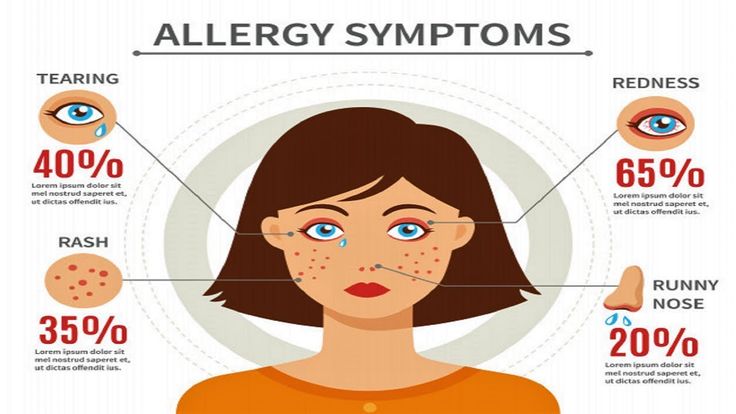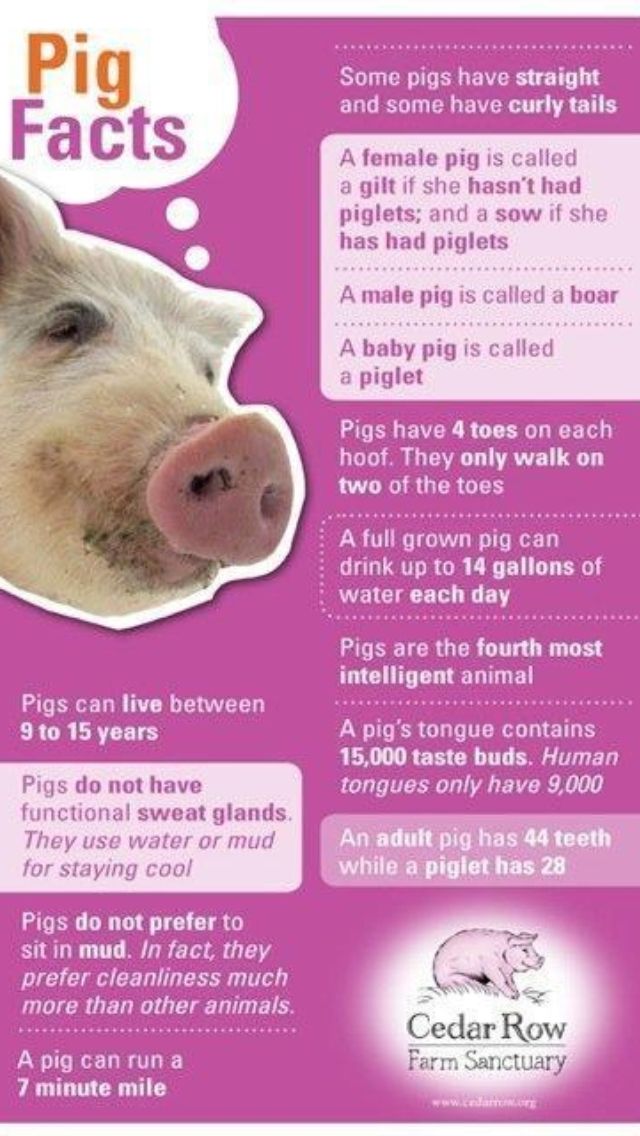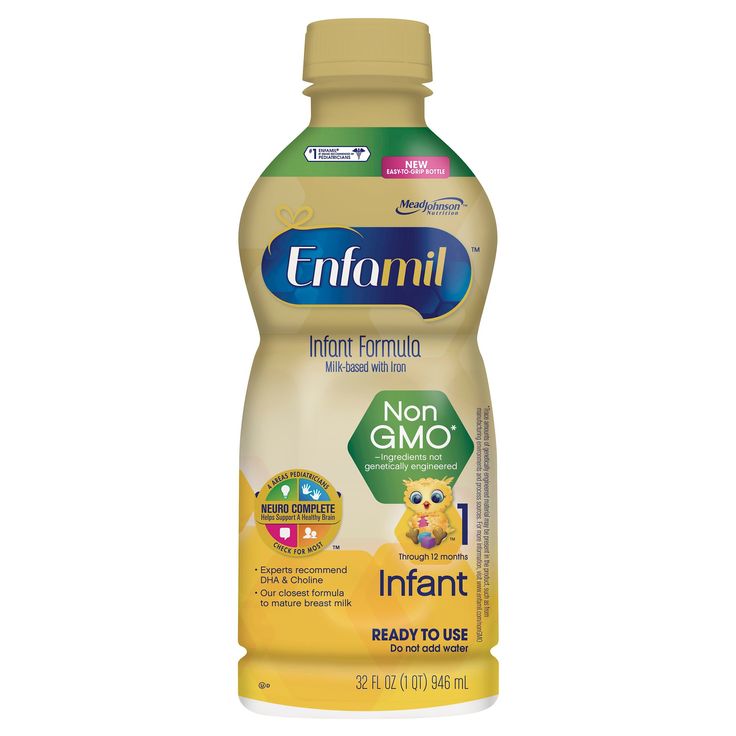Baby first food allergy symptoms
Food allergies in babies and young children
Allergies and breastfeeding or formula feeding
Exclusive breastfeeding or first infant formula is recommended for around the first 6 months of life.
If your baby has a cows' milk allergy and is not being breastfed, talk to your GP about what type of formula to give your baby.
If you're pregnant or breastfeeding, you do not need to avoid foods that can trigger allergic reactions (including peanuts), unless you're allergic to them.
Introducing foods that could trigger allergy
When you start introducing solid foods to your baby from around 6 months old, introduce the foods that can trigger allergic reactions one at a time and in very small amounts so that you can spot any reaction.
If your baby already has an allergy, such as a diagnosed food allergy or eczema, or if you have a family history of food allergies, eczema, asthma or hay fever, you may need to be particularly careful when introducing foods. Talk to your GP or health visitor first.
Foods that can trigger an allergic reaction are:
- cows' milk
- eggs (eggs without a red lion stamp should not be eaten raw or lightly cooked)
- foods that contain gluten, including wheat, barley and rye
- nuts and peanuts (serve them crushed or ground)
- seeds (serve them crushed or ground)
- soya
- shellfish (do not serve raw or lightly cooked)
- fish
These foods can be introduced from around 6 months as part of your baby's diet, just like any other foods.
Once introduced and if tolerated, these foods should become part of your baby's usual diet to minimise the risk of allergy.
Evidence has shown that delaying the introduction of peanut and hen's eggs beyond 6 to 12 months may increase the risk of developing an allergy to these foods.
Lots of children outgrow their allergies to milk or eggs, but a peanut allergy is generally lifelong.
If your child has a food allergy, read food labels carefully. Avoid foods if you're not sure whether they contain the food your child is allergic to.
How to tell if your child has a food allergy
Allergic reactions usually happen quickly within a few minutes of exposure to an allergen.
They can cause:
- sneezing
- a runny or blocked nose
- red, itchy, watery eyes
- wheezing and coughing
- a red, itchy rash
- worsening of asthma or eczema symptoms
Most allergic reactions are mild, but occasionally a severe reaction called anaphylaxis or anaphylactic shock can occur.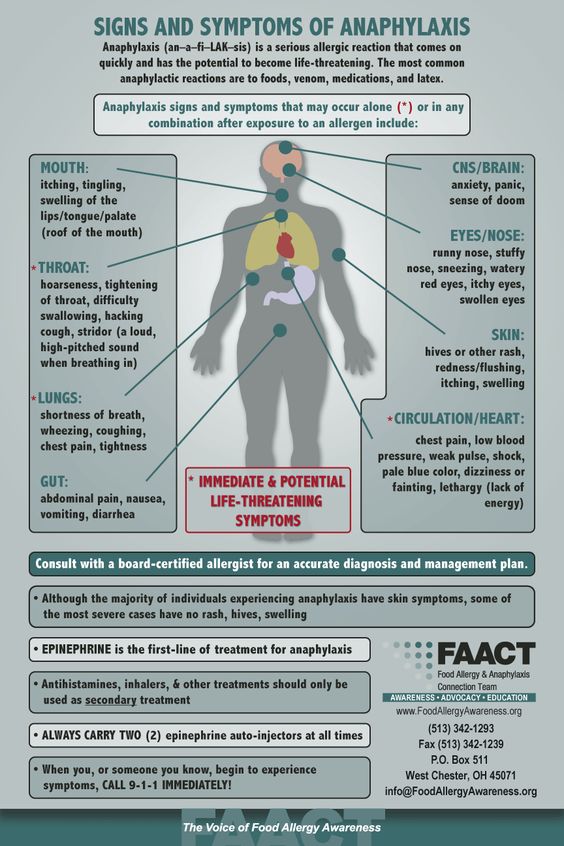
This is a medical emergency and needs urgent treatment.
Do not be tempted to experiment by cutting out a major food, such as milk, because this could lead to your child not getting the nutrients they need.
Talk to your health visitor or GP, who may refer you to a registered dietitian.
Food additives and children
Food contains additives for many reasons, such as to preserve it, to help make it safe to eat for longer, and to give colour or texture.
All food additives go through strict safety testing before they can be used. Food labelling must clearly show additives in the list of ingredients, including their name or "E" number and their function, such as "colour" or "preservative".
A few people have adverse reactions to some food additives, like sulphites, but reactions to ordinary foods, such as milk or soya, are much more common.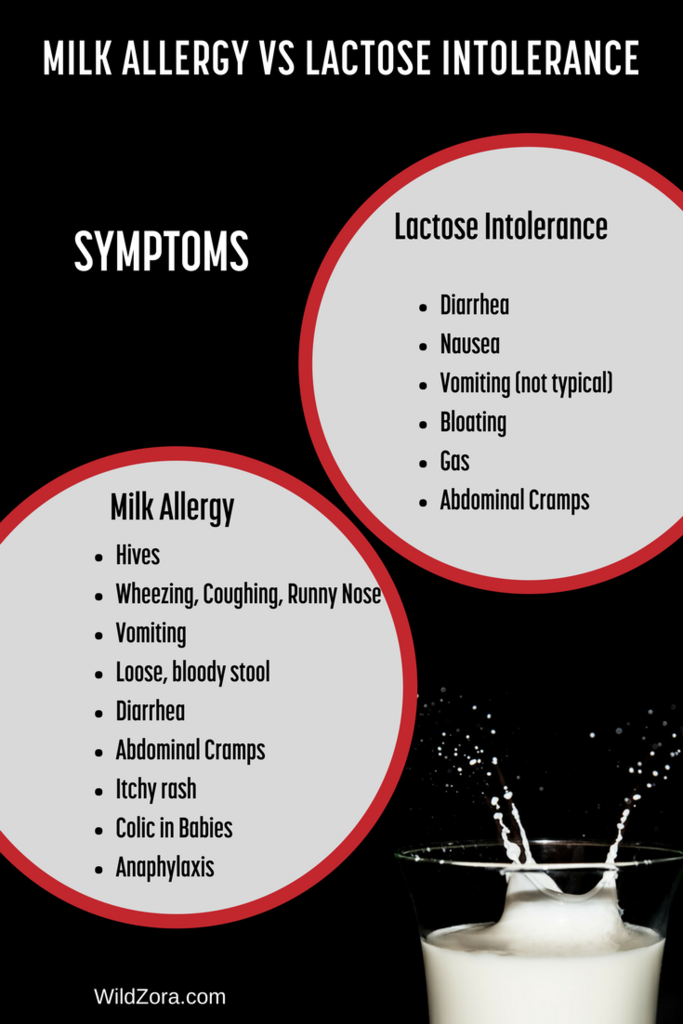
Further information
Find out more about:
- Foods to avoid giving babies and young children
- Food intolerance explained
- Food colours and hyperactivity
Page last reviewed: 5 November 2021
Next review due: 5 November 2024
Baby Food Allergies: Identifying and Preventing Them
Written by Gina Shaw
In this Article
- Start Gradually to Identify Any Food Allergies
- Babies and Allergies: The Top 8 Allergenic Foods
- Food Allergy Symptoms to Watch for in Your Baby
- Severe Food Allergy Symptoms: When to Call 911
- Dealing With Mild Food Allergies in Baby
- The Family Food-Allergy Connection
- Protecting Baby Against Food Allergies: Easy Does It
Starting to feed a baby solid foods is an exciting milestone for parents.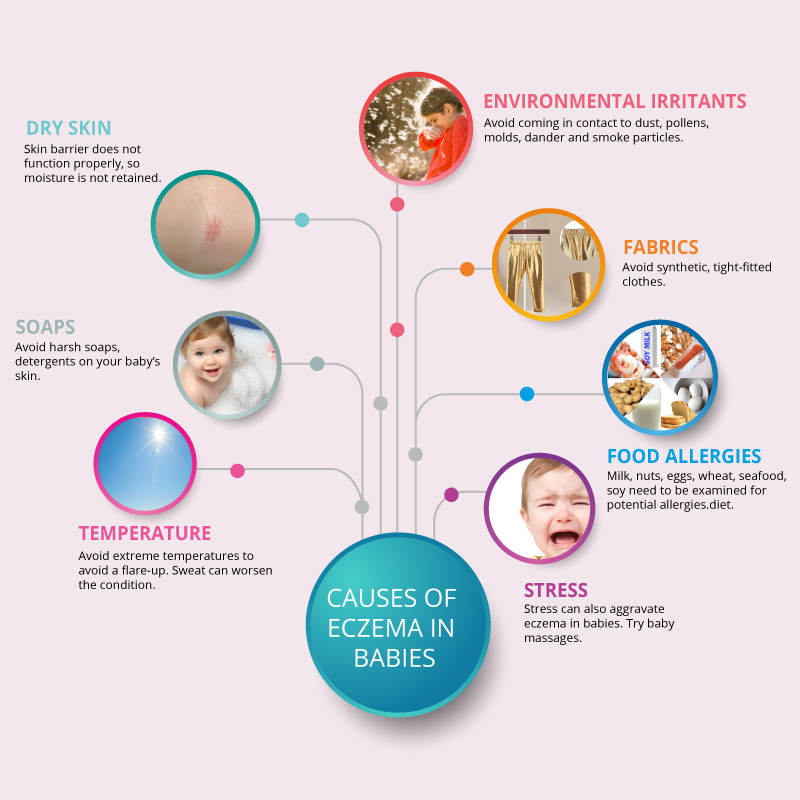 However, it comes with a lot of questions and concerns, especially about food allergies. What foods are most likely to cause allergies in babies? How do you avoid them?
However, it comes with a lot of questions and concerns, especially about food allergies. What foods are most likely to cause allergies in babies? How do you avoid them?
Emerging research has shown that introducing multiple foods together is safe, and may help the immune system have a lower risk of developing food allergies, but more studies are needed. Check with your doctor for what’s best for your baby.
Start Gradually to Identify Any Food Allergies
It’s most important to introduce a baby to new foods gradually, one at a time, in case of food allergies. If not, a parent may have trouble tying an allergy to a specific new food. For example, if you give your baby three new foods over the course of a day and they develop an allergic reaction, you won’t know which of the foods provoked it.
The type of food or the order in which food is introduced is not much of a concern, as long as the foods you are offering are healthy and well-balanced for the baby. Each time you offer a new food, you should wait three to five days before adding another new item to the menu. Don’t eliminate the other foods your baby is eating during that time; you already know these are safe because the child has not had any food reactions up until now. Just don’t add anything else new.
Don’t eliminate the other foods your baby is eating during that time; you already know these are safe because the child has not had any food reactions up until now. Just don’t add anything else new.
Babies and Allergies: The Top 8 Allergenic Foods
With any new food, you’ll want to be on the lookout for any allergic reactions. There are more than 160 allergenic foods; certain foods may be more allergenic than others. The following eight foods and food groups are known to possibly cause problems with allergic reactions possibly up to 90% of the time.
- Cow's milk
- Eggs
- Peanuts
- Tree nuts (such as walnuts or almonds)
- Fish
- Shellfish
- Soy
- Wheat
New nutrition guidelines from the American Academy of Pediatrics say it's okay to introduce these allergy-causing foods when your baby is ready to eat solids. There is no evidence that waiting until the baby is older prevents food allergy. If you believe your baby has an allergic reaction to a food, such as diarrhea, rash, or vomiting, talk with your child's doctor about the best choices for the diet.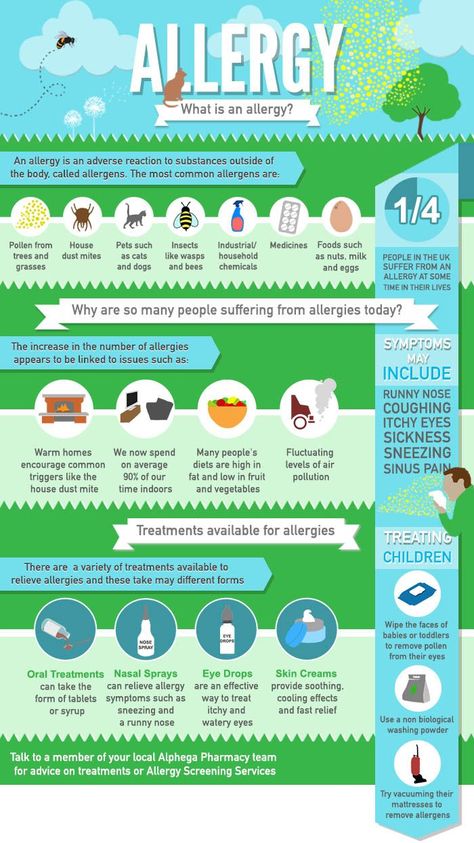
Within a few months of starting solid foods, your baby's daily diet should include a variety of foods, such as breast milk, formula, or both; meats; cereal; vegetables; fruits; eggs; and fish.
Food Allergy Symptoms to Watch for in Your Baby
Food allergy symptoms usually appear very soon after the food is eaten -- within a few minutes to a couple of hours. If you’re introducing a new food to your baby, keep an eye out for these symptoms:
- Hives or welts
- Flushed skin or rash
- Face, tongue, or lip swelling
- Vomiting and/or diarrhea
- Coughing or wheezing
- Difficulty breathing
- Loss of consciousness
Severe Food Allergy Symptoms: When to Call 911
Severe allergic reactions can be fatal very quickly. If your baby is having trouble breathing/wheezing, has swelling on their face/lips, or develops severe vomiting or diarrhea after eating, immediately call 911. You can inform your pediatrician at a later time.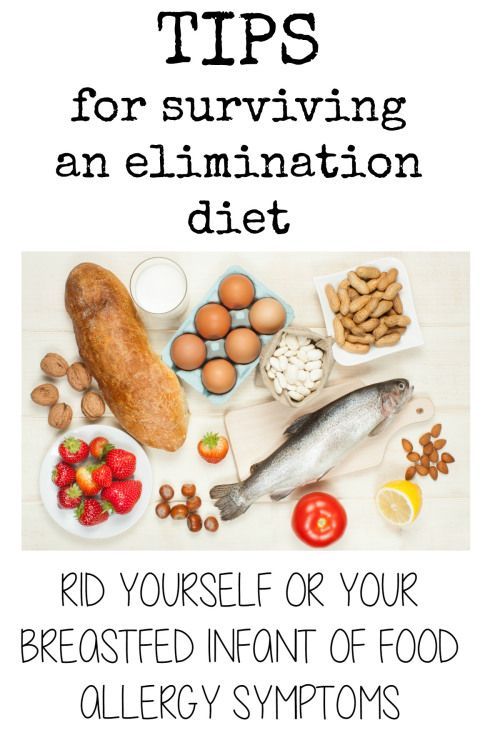
Dealing With Mild Food Allergies in Baby
If you see mild symptoms, such as hives or a rash, contact your pediatrician for further evaluation. The doctor might refer you to an allergist (allergy specialist doctor), who will ask more questions and do a physical exam. The allergies may order diagnostic tests such as:
- A skin test. This test involves placing liquid extracts of food allergens on your child's forearm or back, pricking the skin, and waiting to see if reddish raised spots form within 15 minutes. A positive test to a food only shows that your child might be sensitive to that food.
- Blood tests to check the blood for IgE antibodies to specific foods
Remember, just because a baby’s initial allergic reaction to a new food may be mild, it may get worse upon following exposures. Talk to your pediatrician about any food allergy symptoms in your baby.
Some allergies go away with time. Egg and milk allergies often go away as children get older, but peanut, tree nut, and shellfish allergies tend to persist.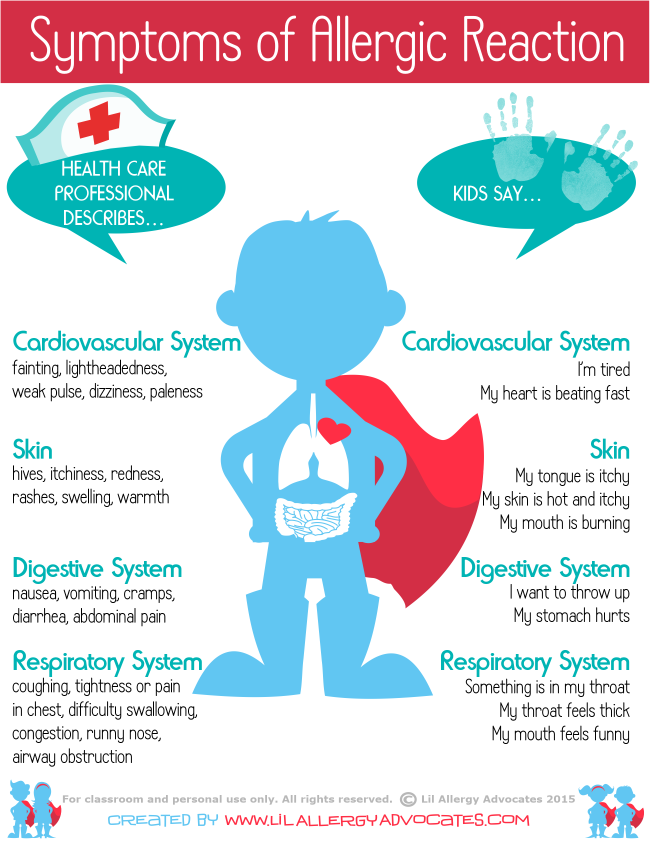 That said, research shows that in the case of peanut allergies, peanut immunotherapy drops administered under the tongue are safe and effective as treatment for peanut allergy, even in children as young as 1. They were also found to help significantly desensitize the patients to peanuts.
That said, research shows that in the case of peanut allergies, peanut immunotherapy drops administered under the tongue are safe and effective as treatment for peanut allergy, even in children as young as 1. They were also found to help significantly desensitize the patients to peanuts.
The Family Food-Allergy Connection
If there is a family food allergies, your baby has an increased risk of also developing allergies, although it is not a certainty. If you have the allergies, the odds are 50-50 for them to have them as well.
It’s best to introduce the 8 allergens gradually, at one-to-two week intervals over time so that you can recognize if an allergy develops.
Protecting Baby Against Food Allergies: Easy Does It
In a reversal of earlier policy, the American Academy of Pediatrics is now recommending that potential allergens be introduced to your infant earlier rather than later. In doing so, the move may actually help prevent them from developing allergies to those foods.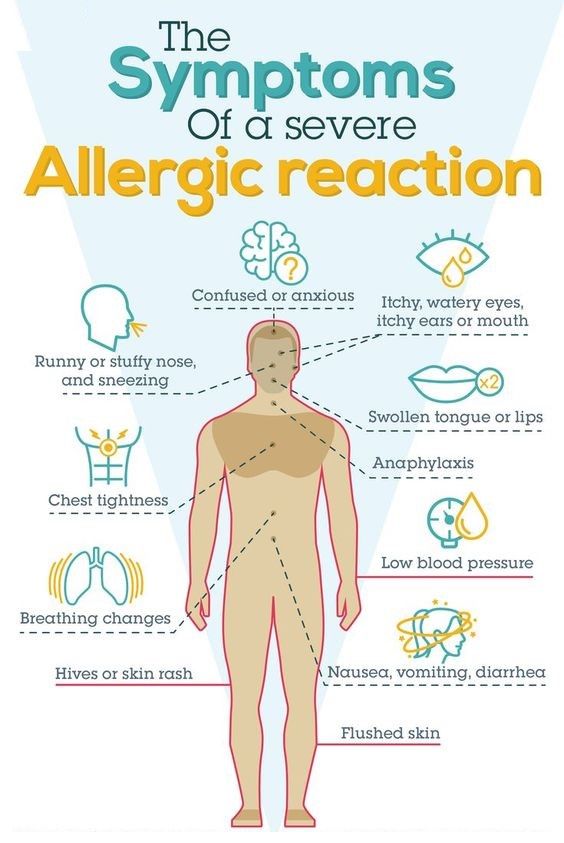
Breastfeeding you baby for 4-6 months is the best way to prevent a milk allergy. Remember that breast milk or formula is higher in nutrition. When you begin to introduce whole milk, you should do so under a doctor’s supervision. Yogurt and soft cheeses are fine, because the proteins in these dairy products are broken down and less likely to cause tummy trouble.
The AAP now advises that, in the case of infants who are at high risk of allergies, peanuts should be introduced between 4-6 months. Infants at highest risk of developing peanut allergies are those with eczema or egg allergies or both. It was originally believed that introducing your baby to the foods when they are older might make any reactions more manageable.
Other potential allergens such as tree nuts and fish should be introduced over a period of time as you introduce your baby to solid foods, between 6 and 9 months
You should wait until at least age 1 (some experts say age 2) to introduce honey, which can cause a potentially serious disease called infant botulism. Ask your pediatrician for guidance.
Ask your pediatrician for guidance.
Food allergies in children - symptoms, treatments, diet its individual components. What are its causes, what are the risk factors, and what food to choose in case of an allergic reaction - read in this material.
Food allergy symptoms
The causes of food intolerance are related to the fact that the immune system "incorrectly" recognizes them as potentially dangerous, and produces protective antibodies in excess. Excessively violent reaction leads to the fact that the child develops an allergy to certain types of food. 1.3
Symptoms of food allergy in children are different. But most often, food allergies manifest themselves on the part of the skin - itching, a feeling of tightness and dryness. Local swelling may occur on the skin, a rash (urticaria), redness, blisters may appear. In second place in terms of frequency of manifestation - reactions from the respiratory system. Runny nose, nasal congestion, sore throat, cough of varying intensity. Also, reactions from the organs of the gastrointestinal tract can indicate food allergies. A very young child begins to be disturbed by colic, dyspepsia, stool disorders from diarrhea to constipation. Older children complain of nausea, vomiting, abdominal pain, a feeling of scratching in the throat, behind the sternum. nine0005
Also, reactions from the organs of the gastrointestinal tract can indicate food allergies. A very young child begins to be disturbed by colic, dyspepsia, stool disorders from diarrhea to constipation. Older children complain of nausea, vomiting, abdominal pain, a feeling of scratching in the throat, behind the sternum. nine0005
Do not forget about the general symptoms of food allergies: the child becomes lethargic, capricious, sleeps poorly, does worse in school (or psycho-emotional development), is prone to daytime sleepiness. 2.3
Causes of food allergies
Newborns and young children, if predisposed, may suffer from allergies due to their physiological characteristics. The fact is that a child is born with an immature gastrointestinal tract, the intestinal walls are permeable to many substances, the enzyme system is still imperfect. Therefore, it is difficult for the body to cope with the digestion of proteins. The body seems to be in a state of constant "combat readiness" and the ingestion of even a small amount of allergens leads to a response from the immune system and the development of a violent allergic reaction.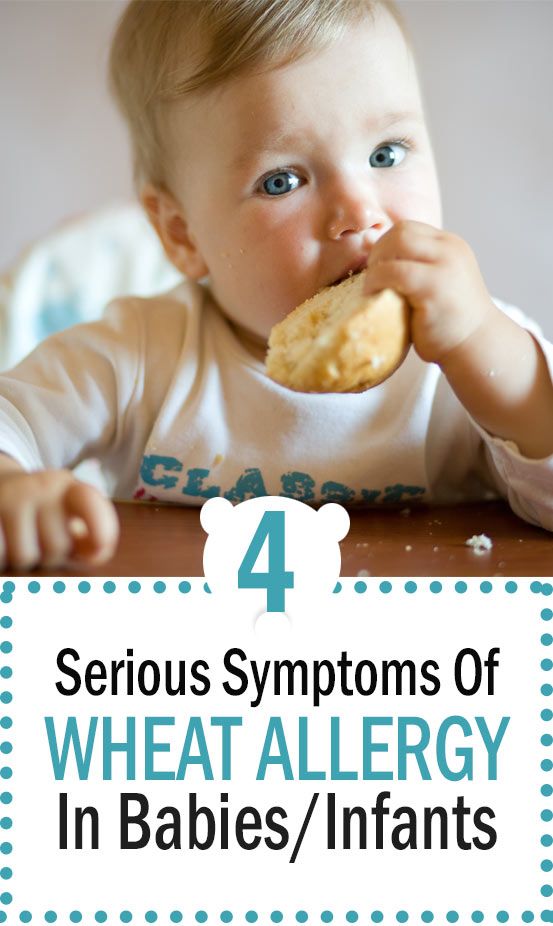 nine0009 1.2
nine0009 1.2
In older children, many internal and external conditions become risk factors. For example, heredity - after all, if one of the child's parents suffered from an allergic disease, then with a high degree of probability the child will also be given a tendency to it. Unfavorable environmental factors influence - polluted atmosphere, car exhausts, lack of green plants in cities. Very often, a violation of the immune system in the form of an allergic reaction occurs in children with a labile, mobile psyche, with sharp transitions from friendliness and calmness to crying and back. Finally, bad habits, both in children and mothers during pregnancy, become an important factor. This is incorrectly introduced complementary foods and early introduction of potentially allergenic foods into the child's diet: citrus fruits, nuts, chocolate, berries, honey, and, of course, the habit of children to eat only something tasty (usually unhealthy; chocolate, carbonated drinks, fast food ) nine0009 2,3,4
List of products that provoke allergies
Due to the extreme individuality of the immune system, it is almost impossible to predict its reaction. However, there is a rough list of foods classified into groups depending on their allergenicity - that is, the ability to cause a sharp reaction from the immune system and allergy symptoms. It is important to remember that it is not necessary that any product from the first column will cause a reaction. Like any low allergenic product, in some cases, it can cause an overreaction to it. nine0009 2,3,4
Examples of the most typical exoallergens
| Highly allergenic products | Foods of average allergenicity | Low Allergy Products | |
| all citrus fruits, strawberries, strawberries, raspberries, blackberries, pineapples. | peaches, cranberries, lingonberries, cherries, blueberries, black currants. | pears, gooseberries, dried apricots, plums, white currants, apples and pears. nine0040 | |
carrots, tomatoes, bell peppers, radishes.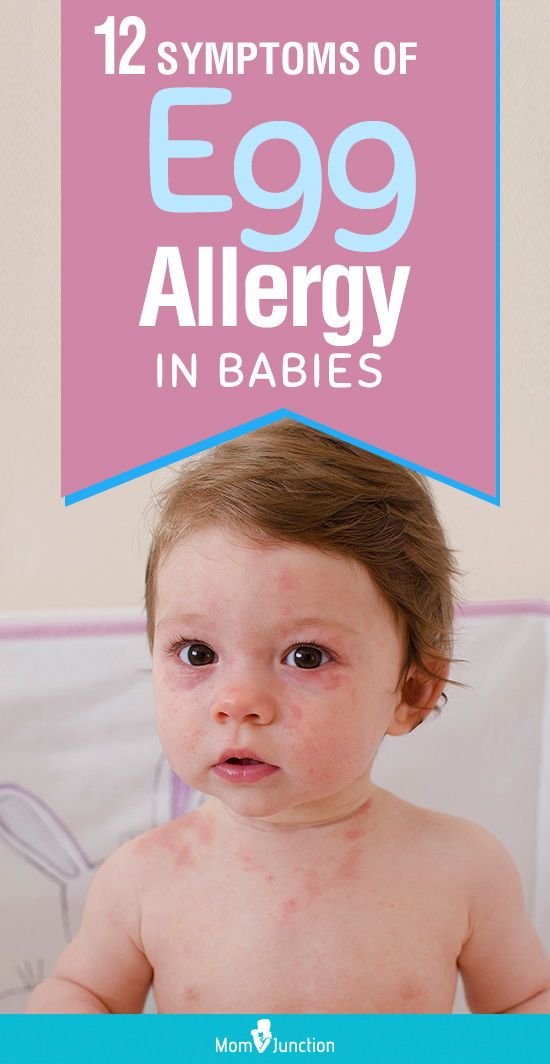 | potatoes, beets, peppers, peas, corn. | broccoli, green peas, zucchini, squash, white and cauliflower, cucumbers, pumpkin. | |
| eggs, sausages and sausages, chicken, sea fish. | beef, rabbit, pork. | lamb. | |
| whole cow's milk, cheeses, yoghurts with additives. | fermented milk products. | ||
| wheat, rye. | buckwheat, oats, rice, peas, beans. | barley, millet. | |
| coffee, cocoa, chocolate, nuts, honey. | xylitol, fructose | ||
| mushrooms, carbonated drinks, packaged juices. | vegetable oil. |
Diagnosis established
The diagnosis of this allergy, as well as the search for the causes that caused it, requires a careful and serious approach on the part of parents. The younger the child, the easier it is to find foods that cause illness. For this, two conditions must be met.
For this, two conditions must be met.
The first thing is to put a child or mother on a hypoallergenic diet if she is breastfeeding - a detailed nutrition plan will be helped by an allergist together with a pediatrician. Please note that during an exacerbation, the diet will be extremely strict, the so-called elimination diet - aimed at removing the allergen and reaction products to it with the complete elimination of potential and cross allergens. The duration of such a diet is determined by the doctor. When the exacerbation fades, the diet gradually expands due to safe foods. nine0009 3.4
And the second is to start keeping a special food diary in which to record everything that was eaten and drunk by the child during the day, as well as what was prepared and how. At the first sign of an allergic reaction, suspicious foods should be eliminated one at a time (or from the mother's diet if the baby is breastfed). After elimination, within a few days, it is worth observing the reaction, if the manifestations of allergies decrease, then the product is really not suitable for the child - it should be avoided.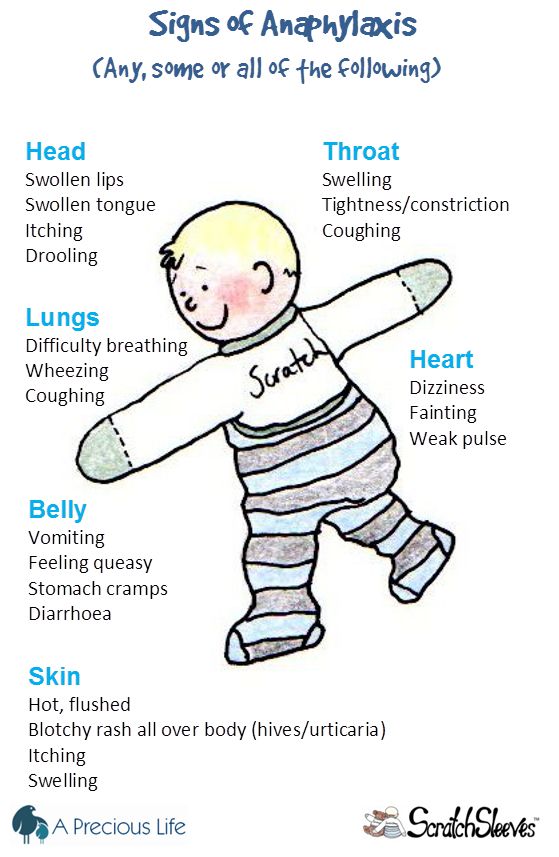 If the child is very small, then the diary is kept according to the opposite principle: all foods that are introduced as complementary foods are recorded in it. The name of the product, the quantity, the time of eating and the reactions of the body are recorded over the next few days (the attending physician will determine the specific timing of observation). Next, the doctor will need to check and confirm the preliminary diagnosis by conducting special tests and analyzes. nine0005
If the child is very small, then the diary is kept according to the opposite principle: all foods that are introduced as complementary foods are recorded in it. The name of the product, the quantity, the time of eating and the reactions of the body are recorded over the next few days (the attending physician will determine the specific timing of observation). Next, the doctor will need to check and confirm the preliminary diagnosis by conducting special tests and analyzes. nine0005
Emergency measures for food allergies
First, you need to assess the severity of the manifestations of food allergies.
For any symptoms, the first step is to avoid contact with a specific familiar allergen or any suspicious food or drink.
If the symptoms of allergy are mild - itching, redness of the skin, then you can give the child an antihistamine, which was previously recommended by the doctor for such cases. In addition, you must also call the local pediatrician and carefully monitor the condition of the child. nine0005
nine0005
In case of obvious or possible signs of deterioration, call an ambulance. Signs that you should pay close attention to and immediately dial 03 include spreading rash and redness, increased itching, fever, drowsiness and lethargy, vomiting and nausea, refusal to drink water, difficulty breathing, loss of consciousness and pallor .
For general symptoms, in which it is difficult to understand whether they are associated with allergies or not, and which may indicate a developing serious condition, an ambulance should be called immediately if the child has any difficulty or changes in breathing, shortness of breath, cough, croup, vote. If pains in the abdomen began, extensive swelling, redness, itchy skin areas appeared. There is dizziness, fainting, as well as changes in the pulse - slowing or increased heart rate. nine0009 1,3,4
How to treat a food allergy in a child
Treatment depends on the stage of the allergic reaction process. With an exacerbation, antihistamines are prescribed that block histamine receptors, hormonal drugs.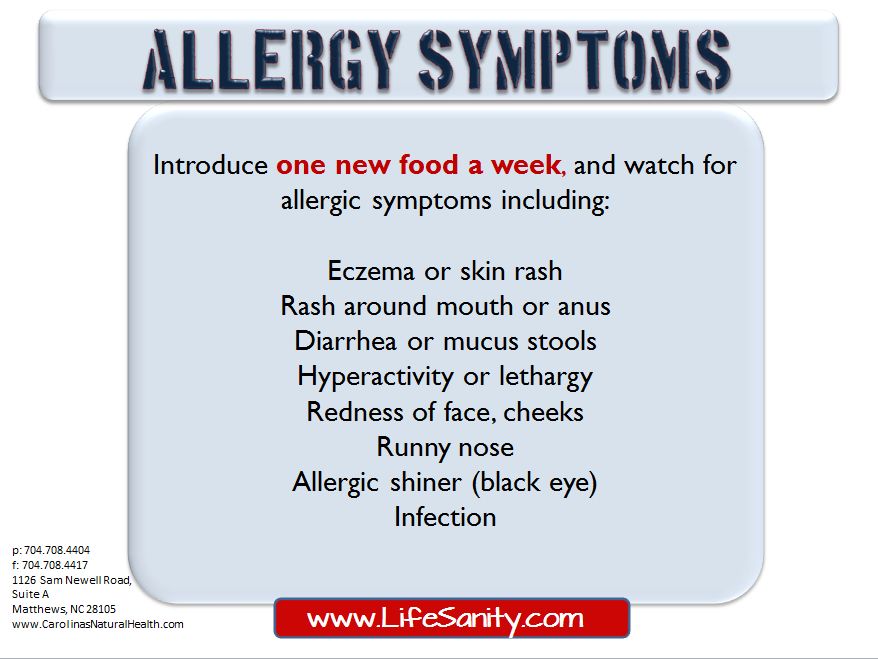 For skin manifestations of allergies, local preparations are used: creams, powders, etc. Respiratory reactions are treated with inhalation drugs and physiotherapy.
For skin manifestations of allergies, local preparations are used: creams, powders, etc. Respiratory reactions are treated with inhalation drugs and physiotherapy.
Food allergy in a child: what to do?
What is food allergy?
A food allergy is an abnormal immune reaction that occurs shortly after eating even a small amount of food that causes allergic symptoms.
Any food can cause a food allergy, but there are groups of foods that most often cause an abnormal allergic reaction.
The most common allergens are milk, eggs, soy, wheat, nuts and shellfish.
A child may develop a food allergy even when no one in the family fights against this disease. Here the risk is 6-8% in infants and 3-4% in adolescents. If someone in the family (siblings of parents, grandparents) has an allergy, the risk of developing it in a child is 40%. On the other hand, when the child's parents have an allergy, the risk of developing it in babies reaches 60% and increases to 80% if both parents are allergic to the same allergen. nine0005
nine0005
Food allergy or intolerance?
Food allergy is often confused with food intolerance due to similar symptoms. It is worth knowing that if a child suffers from food intolerance, eating a small amount of this food will not cause him any specific ailments. In the case of food allergies, even small amounts can cause an abnormal reaction in the body.
Anxiety, sleep disturbance are also symptoms of food allergy. nine0005
How do you recognize a food allergy in a child?
The gold standard for detecting food allergies - elimination and provocation. In this case, no tests or studies are 100% reliable. It should also be remembered that each test is an additional test that does not determine the diagnosis itself!
The symptoms of food allergies are very varied. The most common skin ailments are dry, red and itchy spots, as well as blisters. Common symptoms also include vomiting, abdominal pain, colic, diarrhea (including blood and mucus), shortness of breath, and generalized urticaria including anaphylactic shock.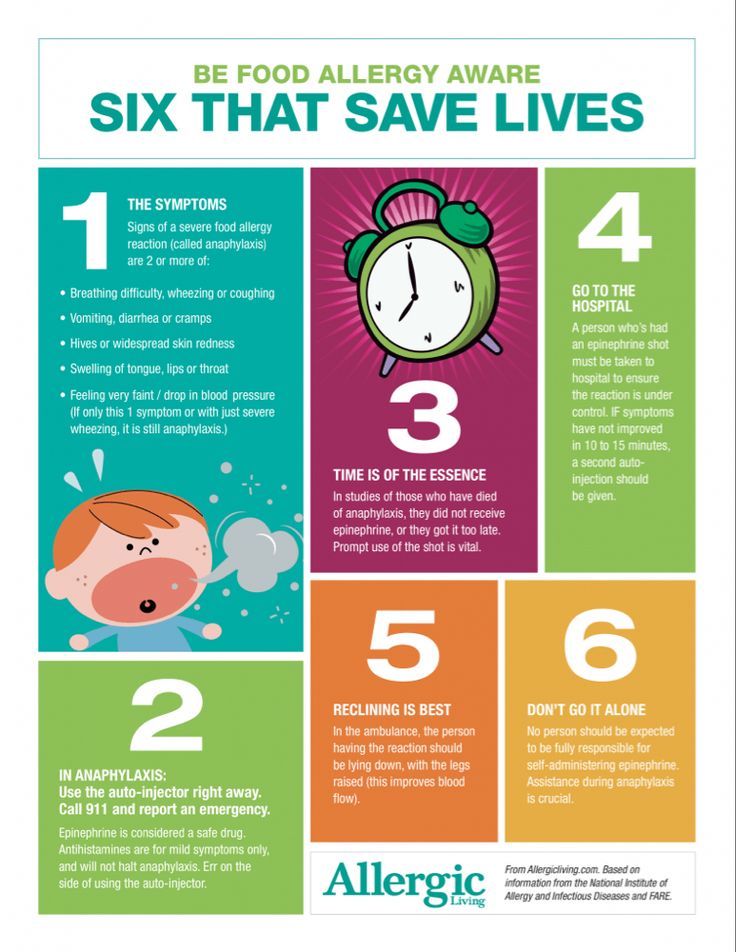 nine0005
nine0005
Upper and lower respiratory symptoms can be life-threatening!
Food allergy symptoms can also be very unusual. These symptoms include allergic reactions from the central nervous system: anxiety, attacks of aggression, sleep disturbances and night screams.
If there is no clear indication for an elimination diet, it is better to switch to a complete and varied diet!
Treatment and relief of food allergies in children.
Food allergy treatment is primarily an elimination diet. However, it is important to know that it should not be used for life, as it can do more harm than good.
An elimination diet, especially if there is no specific indication for it, can deprive a child of tolerance to this food!
Long-term elimination diets can be harmful to the child as they expose the child to nutritional deficiencies, resulting in poor development and stunted growth. If a child is not allergic and is not known to have a food allergy and still does not eat a certain food, later in life even small amounts of it can cause anaphylactic shock in the worst case! nine0005
Parents often confuse food allergies with food intolerances and misadminister the elimination diet.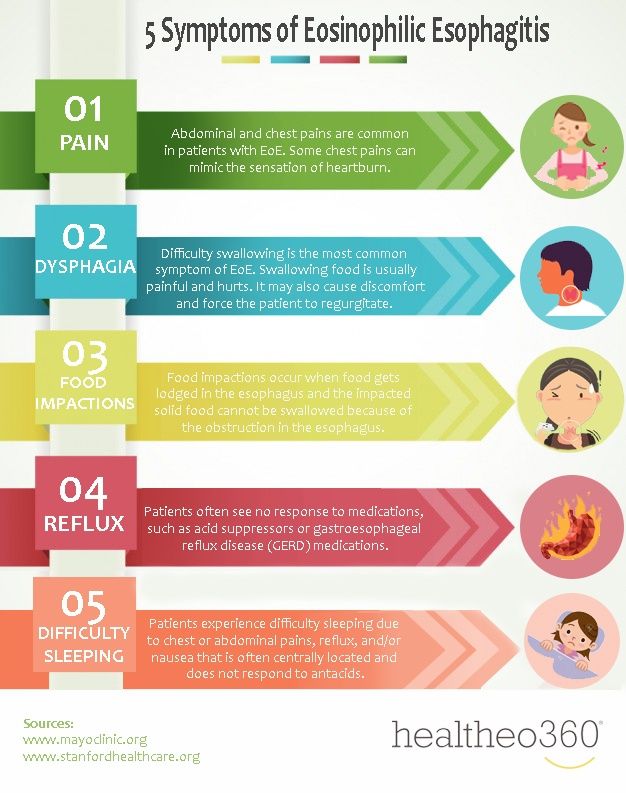
Food intolerances should be talked about more than allergies. Food intolerance may be a secondary reaction after acute gastroenteritis and may to some extent resemble allergy symptoms. In such cases, it is recommended to temporarily exclude certain foods, for example, for 4-6 or 8 weeks, so that the gastrointestinal mucosa can recover. nine0005
The elimination diet is the basis for the diagnosis and treatment of food allergies. Only when this method is ineffective, begin drug treatment. Usually prescribed inside: antihistamines, glucocorticosteroids.
The search for new treatments for food allergies continues. Unfortunately, desensitization, which is so effective in hay fever, in this case is used only in seriously ill patients with life-threatening symptoms, and therapy is carried out in several specialized clinics. nine0005
How to introduce an elimination diet?
An elimination diet is required at the stage of allergy diagnosis. As mentioned above, the gold standard of diagnosis is elimination and provocation.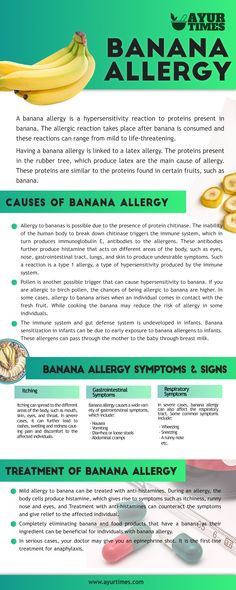 It involves eliminating the suspected allergic reaction factor from the diet for about 2-4 weeks. During this time, body reactions are observed, after which the food should be reintroduced and the attempt repeated several times to make sure there is a food allergy.
It involves eliminating the suspected allergic reaction factor from the diet for about 2-4 weeks. During this time, body reactions are observed, after which the food should be reintroduced and the attempt repeated several times to make sure there is a food allergy.
Elimination diets should be administered with caution. nine0005
The elimination diet and the elimination and challenge tests can be done at home. However, it is always necessary to consult a doctor, since a history of anaphylactic shock is an absolute contraindication to attempting food challenge at home. Then further diagnosis and provocation in the hospital is necessary.
How to correctly recognize a food allergy?
Random reactions on children's skin are often mistakenly attributed by parents to food allergies. Seborrheic changes can appear regardless of the nutritional factor and manifest themselves in various circumstances. nine0005
A single skin lesion is not a cause for concern.
Food allergy symptoms are usually a symptom of a food intolerance. It turns out that only 3-5% of children of parents who have reported allergies have a real food allergy. Single skin lesions are not an indication for advanced diagnostics and the introduction of an elimination diet.
In addition to single skin lesions, other symptoms of a food allergy are often looked for.
Expectant mother's diet and food allergies in children
There is an opinion that a pregnant mother can expose her baby to various allergies, but this statement is not entirely true. Pregnant women introduce various restrictions into their daily diet. However, these types of elimination diets are not recommended unless the mother-to-be is diagnosed with a food allergy.
There is no clear evidence that restricting certain foods during pregnancy reduces the risk of allergies
in a child.
Before becoming pregnant (and preferably even a little earlier) and during pregnancy, it is worth eating right and making sure that the diet is balanced and varied.
The expectant mother's diet should be adjusted to her individual needs and food allergies, if any. However, it cannot be defined in such a way as to prevent a possible allergy in a child.
Breastfeeding, formula milk and food allergies. nine0145
The recommendation is that a mother should breastfeed her baby because it reduces the risk of allergic diseases and improves the child's immunity, and also has a positive effect on all of his development.
If for some reason breastfeeding is not possible and there are allergic diseases in the family, it is recommended to introduce hypoallergenic mixtures, that is, HA preparations (milk substitutes for children with allergies) or cow's milk protein hydrolyzate.
If the baby is completely healthy and the family history does not indicate the presence of allergic diseases, a nursing mother can eat almost anything. However, in the first months of a child's life, it is recommended to exercise caution and common sense, as well as to limit certain foods, for example, because of the possibility of colic in babies.